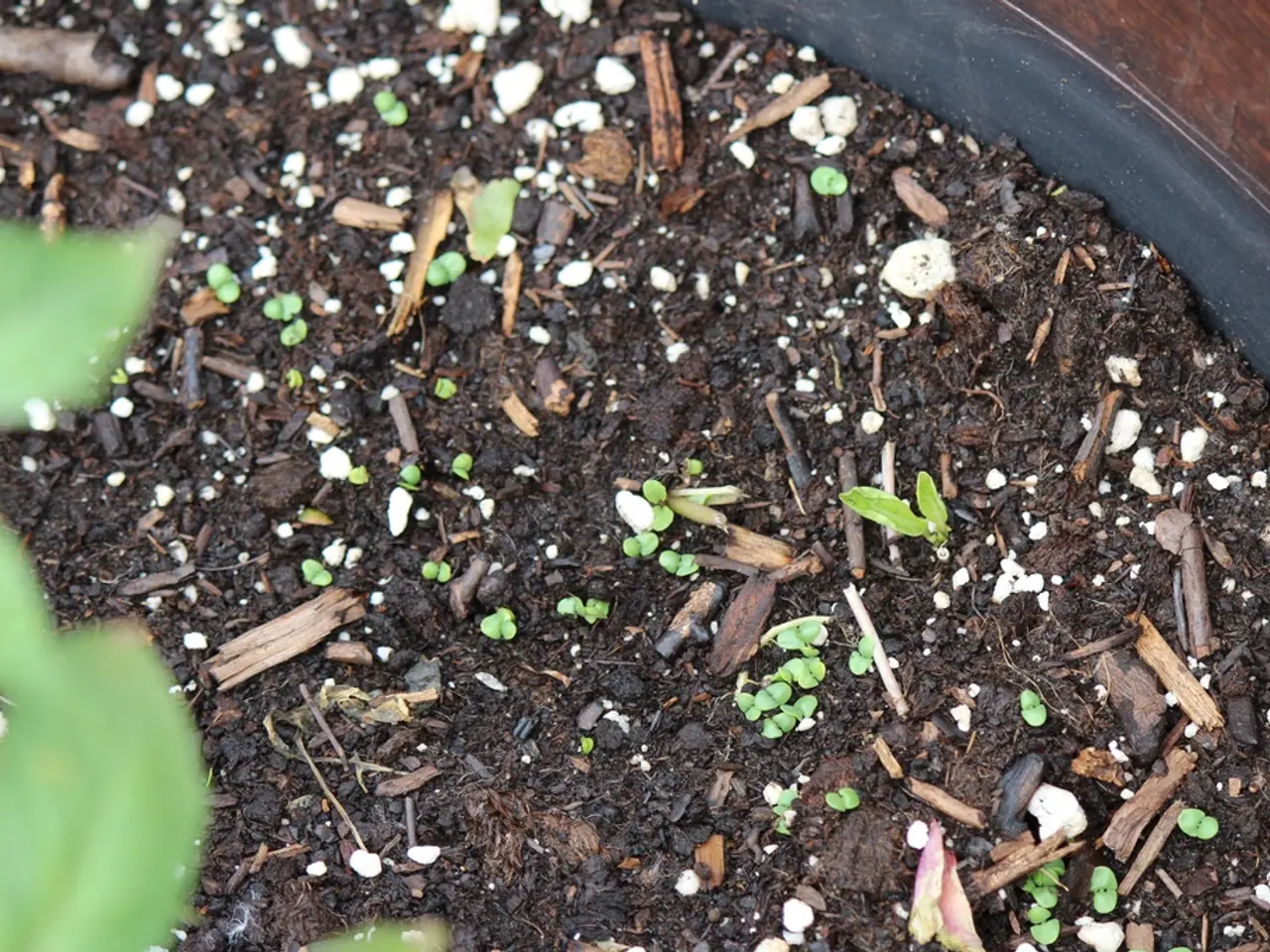Strategies for Successful Agroecology: Fostering Vibrant Soil Health
In the world of agriculture, the health of the soil is paramount. A thriving soil ecosystem not only supports crop growth but also contributes to a balanced and resilient environment. Here are some effective strategies for enhancing soil health in sustainable farming.
Crop Rotation
Crop rotation is a simple yet powerful tool for maintaining soil health. By alternating different plant species, farmers can alleviate soil compaction, enrich soil with balanced nutrients like nitrogen and potassium, and increase microbial diversity essential for nutrient cycling.
Organic Matter
Adding organic matter to soil is another key strategy. This can be achieved through cover crops, compost, and crop residues. Organic matter protects soil from erosion, improves water retention, and feeds beneficial soil microbes. In no-till systems, leaving residues on the surface decomposes slowly, continuously building organic matter and preserving soil structure.
Beneficial Microorganisms
Incorporating beneficial microorganisms, such as plant growth-promoting rhizobacteria (PGPR), fungi, and other microbes, boosts nutrient availability, suppresses diseases, and improves soil ecosystem functions. These microbes enhance organic matter decomposition and nutrient cycling while fostering a resilient soil biome.
No-Till or Reduced Tillage
Practicing no-till or reduced tillage methods maintains soil aggregation and porosity, which supports microbial habitats, preserves organic matter, and reduces erosion and evaporation.
Regenerative and Organic Farming
Integrating regenerative and organic farming principles combines crop diversity, organic amendments, and microbial inoculants to sustain long-term soil vitality, enhance biodiversity above and below ground, and increase carbon sequestration to mitigate climate impacts.
These approaches—rotating crops to optimize nutrient balances and root structures, building organic matter via cover crops and compost, and leveraging microbial communities—create a synergistic effect that improves soil physical, chemical, and biological health, leading to more productive and sustainable farming systems.
The Benefits
Rotating crops improves the soil's texture and aeration, making it easier for roots to grow. Managing healthy soil supports the tiny organisms that live within it, which break down nutrients and make them available for plants. Different crops have varied root structures, helping to hold the soil in place. Microorganisms play a crucial role in soil fertility by recycling nutrients, improving soil structure, and suppressing diseases in plants.
In conclusion, by adopting these strategies, farmers can create a thriving soil ecosystem that supports crop growth, improves resilience, and contributes to a healthier planet.
- In the realm of sustainable farming, utilizing beneficial microorganisms, like plant growth-promoting rhizobacteria and fungi, can boost nutrient availability, suppress diseases, and enhance soil ecosystem functions, preserving soil structure and promoting a balanced environment.
- The practice of no-till or reduced tillage methods in the lifestyle of farming maintains soil aggregation and porosity, encouraging microbial habitats, preserving organic matter, and reducing erosion and evaporation, which leads to a healthier and more resilient environment.
- Embracing the principles of regenerative and organic farming in the home-and-garden sector fosters long-term soil vitality, boosts biodiversity above and below ground, and increases environmental-science-based carbon sequestration, mitigating climate impacts and nurturing a sustainable living.
- Adopting a rotation of various crops in one's health-and-wellness plan can improve the soil's texture and aeration, fostering microbial activity, enriching soil with balanced nutrients like nitrogen and potassium, and supporting a fit lifestyle.




